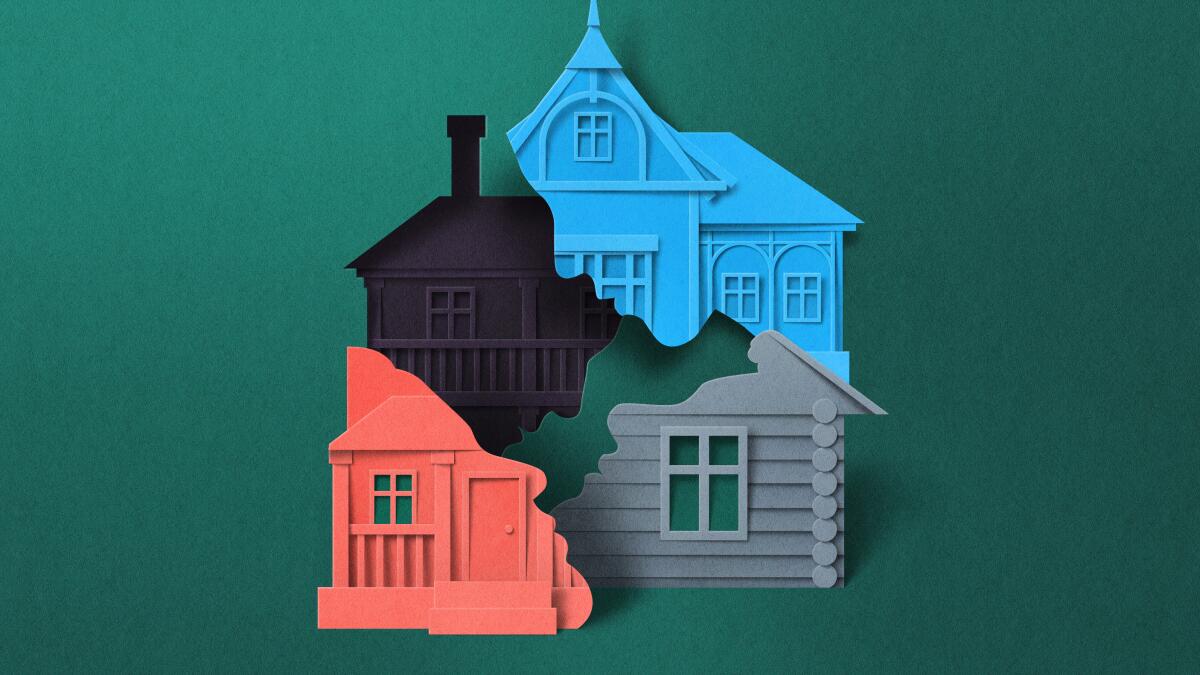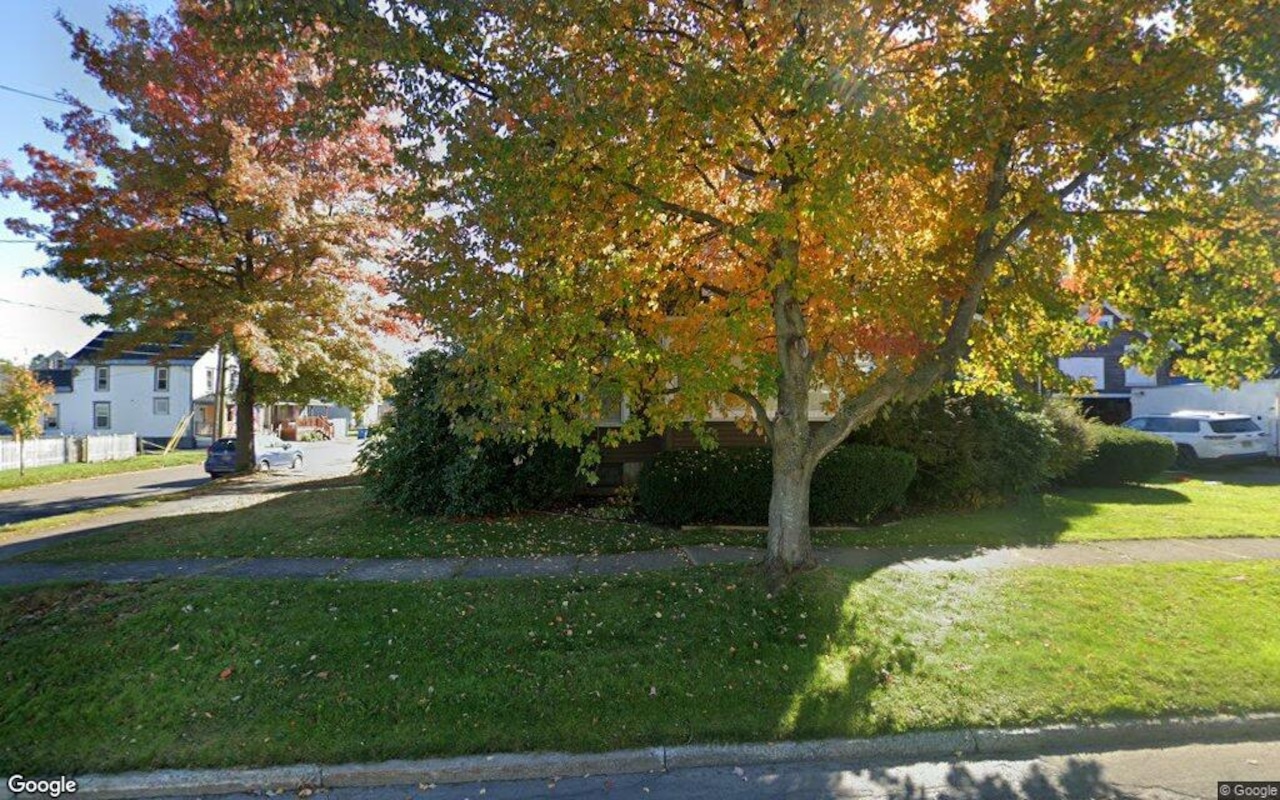D
espite a sluggish national housing market, several U.S. metros have seen notable price gains since the pandemic. An Economist‑led study by Realtor.com identified ten cities—split evenly between the South and Northeast—that posted the largest home‑value increases among the top 100 U.S. metropolitan areas. Senior economist Joel Berner explained that when sales volume is high and supply cannot keep pace, prices tend to climb.
The cities highlighted are Knoxville and Chattanooga, Tennessee; Fayetteville, Arkansas; Charleston, South Carolina; Scranton, Pennsylvania; Syracuse and Rochester, New York; Portland, Maine; New Haven, Connecticut; and Charlotte, North Carolina. These markets benefited from post‑pandemic migration and a surge in demand.
Zillow’s recent analysis noted that more than half of U.S. homes depreciated over the past year, the steepest decline in over a decade. Yet Zillow’s senior economic researcher Treh Manhertz observed that only a small fraction of properties are actually sold at a loss; overall, most homeowners still hold substantial equity, indicating a market normalization rather than a crash.
Key figures from the Realtor.com data:
- Knoxville, Tennessee – +86 % (≈ $190,000 rise)
- Fayetteville, Arkansas – +84.5 % (≈ $195,000 rise)
- Charleston, South Carolina – +81.3 %
- Scranton, Pennsylvania – +78.4 %
- Syracuse, New York – +77.6 %
- Portland, Maine – +75.7 %
- Rochester, New York – +75.2 %
- New Haven, Connecticut – +73.8 %
- Charlotte, North Carolina – +73.1 %
- Chattanooga, Tennessee – +72.9 %
These figures illustrate that while many U.S. homes have lost value, a handful of metros continue to experience significant appreciation driven by supply constraints and new resident inflows.














